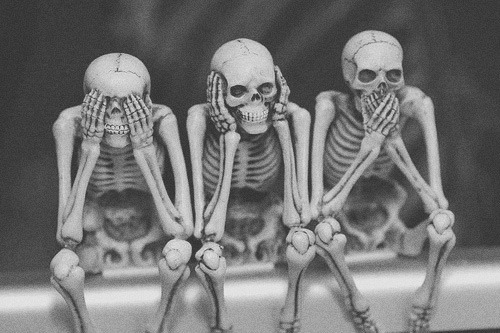Buddha Strikes
In Land of the Seven Rivers, a book on the history of India’s
geography by Sanjeev Sanyal, we see a culture valorized for its roots in the
rich Buddhist past, peace loving merchants and a civilization that cherishes
its universities and places of learning more than palaces and emperors, and of
course wars.
Two life-changing
events in the history of India are related directly to the destruction of two
major universities—Nalanda in the south and Taxila in the north. The
progressive flow of culture and all variety of elements related to this ceased
to exist in this nation, afterwards. This is direct proof suggesting the
significance people of this nation once attributed to universities, peace, and
beauty.
A few months ago, in
New Delhi, the capital of India, often dubbed as the heart of India, by virtue
of its geographical location, an innocent girl was brutally raped in a running
bus, at night. Her friend was thrown out of the bus, while the act was going
on. Later, the five men including a juvenile, included in that doomed act,
threw the girl out of the bus. No one else was inside the bus, except the
driver who took part in all this; it was the middle of the night.
The girl did not
survive, and the whole world heard about her as the ‘Delhi-girl’ or as some
punks nicknamed her, ‘Brave Heart’. The police asserted that the situation is
under control, and no other woman would be treated like this anymore, in
well-etched television dramas stages under the auspices of the highest
authorities in government.
Violence, however, does
not understand the language of politics. It has moved from one territory to
another, from women all over the country to the general populace. This is big achievement,
because now violence has a pan gender constitution, as every human being equally
receives the affliction. Recently riots in Uttar Pradesh and the tensions
across the border—east and west—are only a few areas where violence has perched
and built its nest.
There are those who
proclaim themselves as the new Buddha. These people fill primetime television
with their words of arguments, promise, and vision. However, these visions are
not leading us into peace or prosperity. If one looks deeper for roots of
violence, they suck their nutrition right from the younger generation. Schools and
colleges propagate the idea that violence is a higher and better way of interpersonal
interaction. Our syllabi are stuffed with texts that promote extroversion as
the norm of success. Outgoing behavior is prioritized over introversion. This violence
is not the implicit one. No one hits or kills another, but the ideas they share
through these curriculums nourish the necessary ingredients to build a society
violent and anxious.
The struggle of
solitude over clamor, the struggle of silence over noise has become India’s
current reality. In this struggle though, mercilessly, many are silenced
without being given a chance to voice their side. Sadly, only those who can
voice out their ideas have the means to maintain and own their space. Nothing is
granted anymore. No matter what, everything should be snatched or fought over. In
a land where even infants are used for satiation of lust, I can only use
metaphors to plead my case. Those who consumed our trust pretending to be the Buddha
of technological revolution, smile upon us and prepare to lodge their next
strike.

.jpg)






Comments